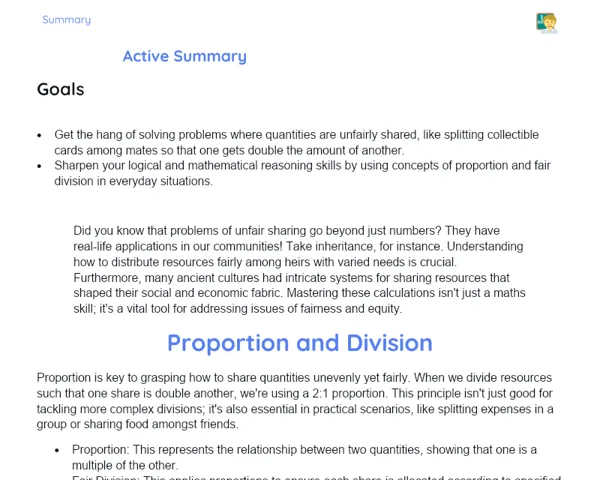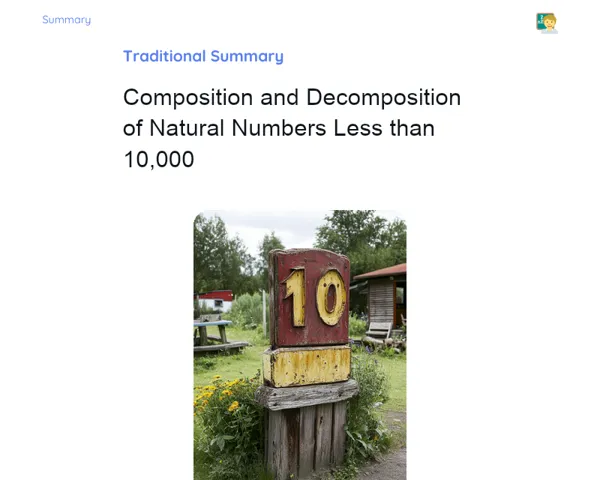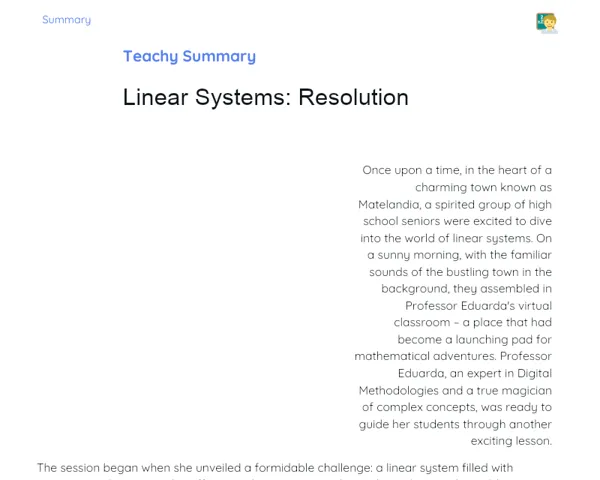Goals
1. Understand the significance of isometric transformations, particularly rotation, in geometric challenges and their real-world uses.
2. Develop the skills to rotate shapes and articulate the outcomes.
3. Learn how to pinpoint the positions of rotated shapes on a plane.
4. Apply the concepts of isometric transformations (translation, reflection, rotation, and combinations of these) in solving geometric problems.
Contextualization
Rotations are a cornerstone of geometry with multiple practical applications. For instance, a civil engineer needs to grasp how objects behave when rotated to design sturdy bridges. Likewise, a graphic designer relies on rotations to create eye-catching logos. The ability to visualize and manipulate rotations is vital not just in educational settings but across various professional fields. In the realm of film and gaming, rotating figures is essential for animating characters with movement and realism. Similarly, in mechanical engineering, understanding rotation is crucial for designing machine parts like gears and motors.
Subject Relevance
To Remember!
Definition and Properties of Rotations
Rotations are geometric transformations that shift points of a shape along a circular path around a fixed point, known as the centre of rotation. Each rotation is defined by an angle that indicates both how far and in which direction the figure moves.
-
Fixed point (centre of rotation): the point around which the figure rotates.
-
Rotation angle: indicates the degree and direction of rotation, which can be positive (anti-clockwise) or negative (clockwise).
-
Isometric transformation: rotation preserves distances and angles, maintaining the original shape and size of the figure.
Centre of Rotation and Rotation Angle
The centre of rotation is the fixed point around which a figure is rotated, and the rotation angle dictates how far and in which direction the figure will move around that point.
-
Centre of rotation: can be located inside, outside, or on the figure itself.
-
Rotation angle: determines the number of degrees the figure will be rotated and the direction of that rotation.
-
Coordinates after rotation: the new positions of the points of the figure post-rotation can be calculated using specific transformation formulas.
Isometric Transformations
Isometric transformations encompass rotations, translations, and reflections, all of which maintain distances and angles, thus preserving the shape and size of geometric figures.
-
Translation: shifts all points of a figure in the same direction and distance.
-
Reflection: mirrors the figure across a line (the line of reflection).
-
Composition of transformations: combines several isometric transformations to achieve a new result.
Practical Applications
-
Character Animation: Rotations are crucial in crafting movement and realism for characters in films and video games.
-
Mechanical Engineering: The design of parts like gears and motors relies on a solid understanding of rotations.
-
Graphic Design: Designing logos and graphics often involves adjusting figures through rotations to accomplish desired aesthetics.
Key Terms
-
Centre of Rotation: The fixed point around which a figure rotates.
-
Rotation Angle: The degree and direction of a figure's rotation.
-
Isometric Transformation: A transformation that keeps distances and angles intact, maintaining figures' shape and size.
-
Translation: The motion of all points of a figure in the same direction and distance.
-
Reflection: The mirroring of a figure across a line.
Questions for Reflections
-
How might a deeper understanding of rotations impact product or animation design?
-
In what ways are isometric transformations utilized across different professions?
-
What challenges did you encounter while visualising and applying rotations to geometric figures?
Drawing a Gear Wheel
In this mini-challenge, you'll apply rotation concepts to create a gear wheel using basic materials. You will rely on calculating the necessary rotation angles for the gears to operate smoothly and assemble a mechanism that showcases rotation.
Instructions
-
Form groups of 3 to 4 learners.
-
Draw and cut out gears of various sizes from cardstock.
-
Calculate the necessary rotation angles for the gears to function in unison.
-
Use pivot pins to secure the gears onto a cardstock base, allowing them to rotate freely.
-
Test your mechanism and make adjustments as needed to ensure the gears work properly.



